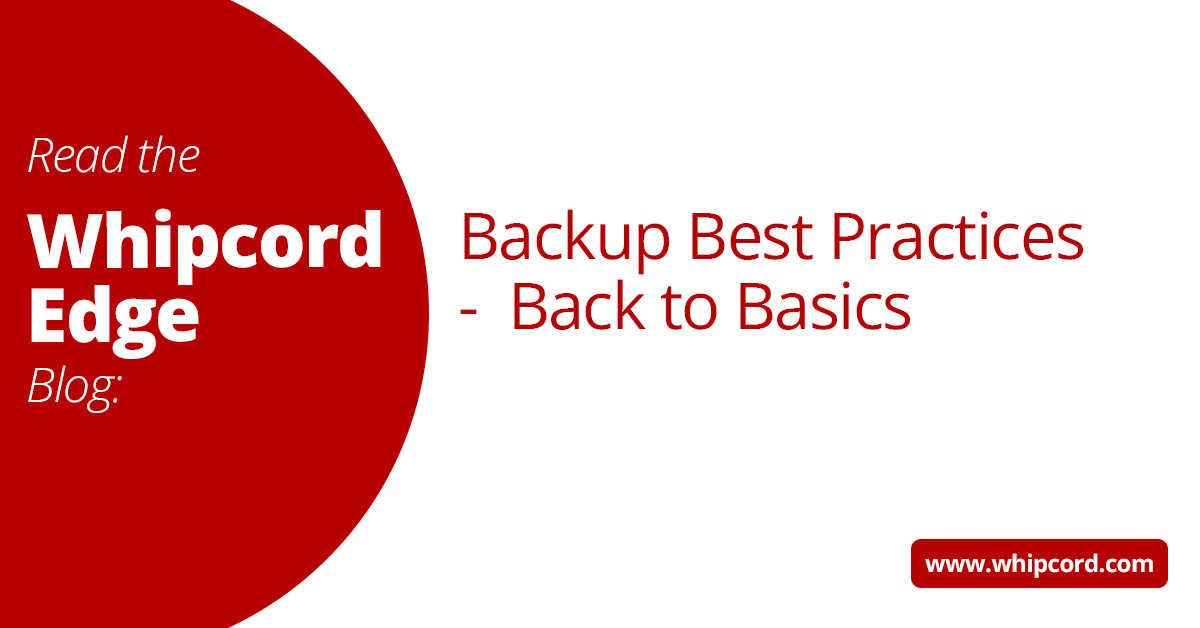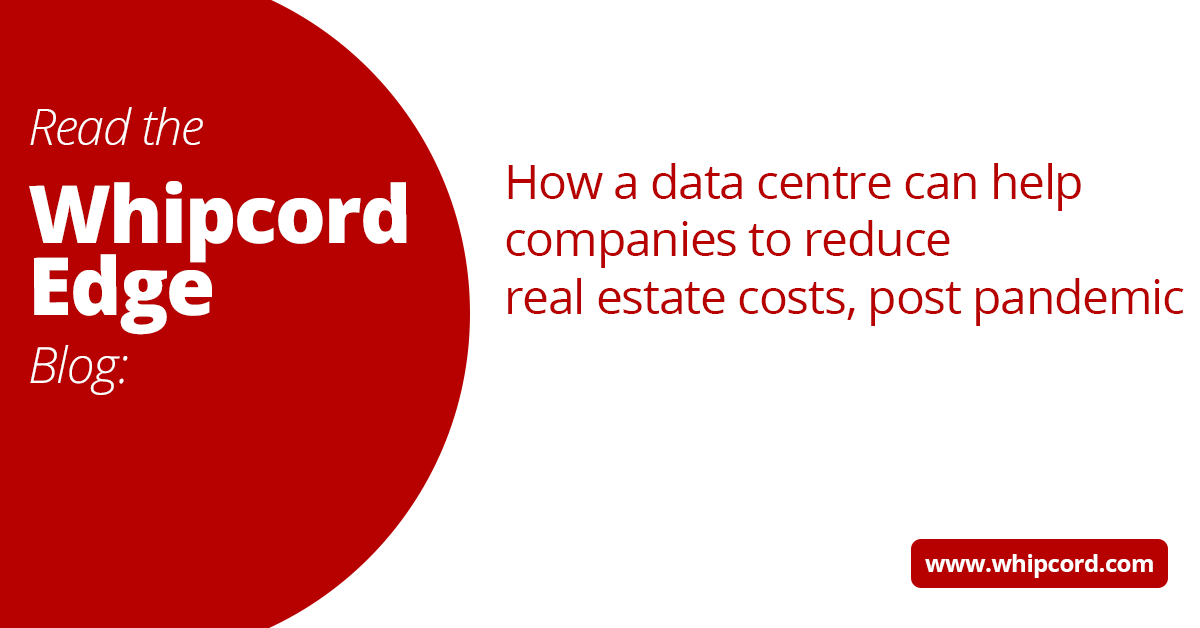Happy 2023!
It’s been a while and we’re glad to be starting the year with what we plan on being more regular updates. The goal is to provide meaningful content focused on data protection including industry insights, best practices, and our products and services that can help. Since ransomware and data breech continued to accelerate over last year, we hope these blogs become a resource readers can rely on as we move forward protecting our data.
It you look at our blogs, there is a long history content that is still quite relevant today. For that reason, we’re starting by collecting things we might have touched on in past, and providing an update to summarize and refresh material showing relevance for today
We’re going to start by reminding you of our relationship with Veeam. You probably know them, Veeam is a well recognized brand that develops and provides software supporting backup, disaster recovery and data protection for virtual, physical and cloud-based infrastructure. We're excited about the recent launch of V12 and putting it through testing as we speak. We've also recently launched Immutable Storage for added ransomware protection.
While the backup software market is still segmented, Veeam has grown quickly and is a dominant provider in the backup software space. One of the ways they have grown so quickly is offering their Community Edition which allows for a small number of workloads to be backed up at no cost.
Whipcord Edge leverages Veeam software for both our Cloud Backup and Disaster Recovery as a Service (DRaaS) service. We are a Gold Partner and Veeam Cloud Connect Backup provider under their (VCSP) Veeam Cloud & Service Provider program.
With that, here is the first of a few best practices which are worth repeating!
Best Practices in for protecting Company Data from Ransomware
Some of these seem like common sense, protect your environment so they can’t get in!
- Network security: Use firewalls, intrusion detection and prevention systems, and implement segmentation to limit the spread of malware within your network.
- Email security: Block malicious emails and attachments, including those with links to suspicious websites.
- Software updates: Ensure that all software, including the operating system and all applications, is kept up-to-date with the latest security patches.
- Disable macros: Disable macros in office documents and configure your email client to block attachments with macro-enabled files.
- Access controls: Implement access controls and permissions to limit the ability of users to install or execute software.
- Anti-virus software: Use up-to-date anti-virus software and perform regular scans to detect and remove malware.
- Vulnerability scanning: Regularly perform vulnerability scans to identify and remediate security weaknesses in your systems.
- Incident response plan: Develop a comprehensive incident response plan that outlines the steps to be taken in the event of a ransomware attack.
- Train your employees on cybersecurity best practices, including how to identify and avoid phishing scams, the most common vector of ransomware attacks.
- Backup your data: Think through your corporate data and develop a backup plan
- Test your backups regularly
While we listed much of the above in a bullet form, they are each topic areas that warrant a deeper dive and will be part of future blog posts.
If you are in the market today for a Canadian Veeam Cloud Connect Service Provider, we’re happy to chat. We have a variety of complementary offerings focused on keeping your mission critical data protected.
Stay tuned for more on this and other relevant topics.
-1.png?width=1092&height=792&name=logo%20(1092x792)-1.png)
%20copy(black%20letters).png?width=1092&height=792&name=logo%20(1092x792)%20copy(black%20letters).png)




.png?width=100&height=91&name=white%20logo%20(100x91).png)